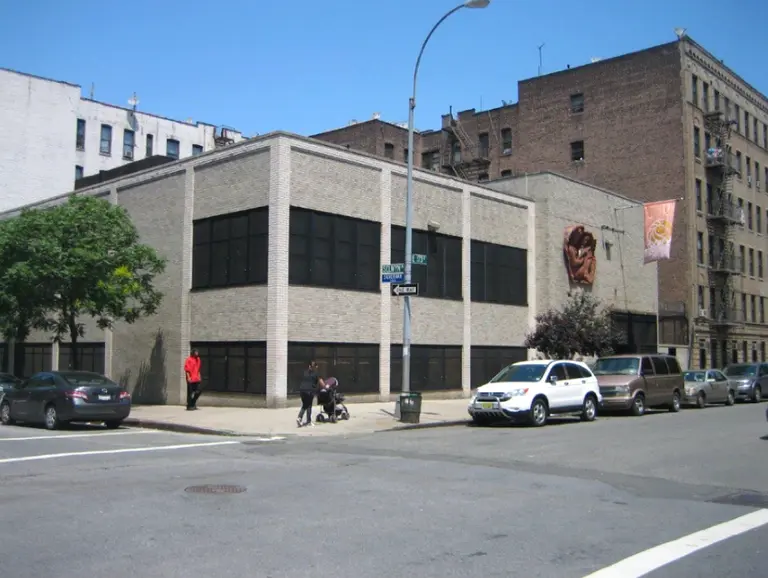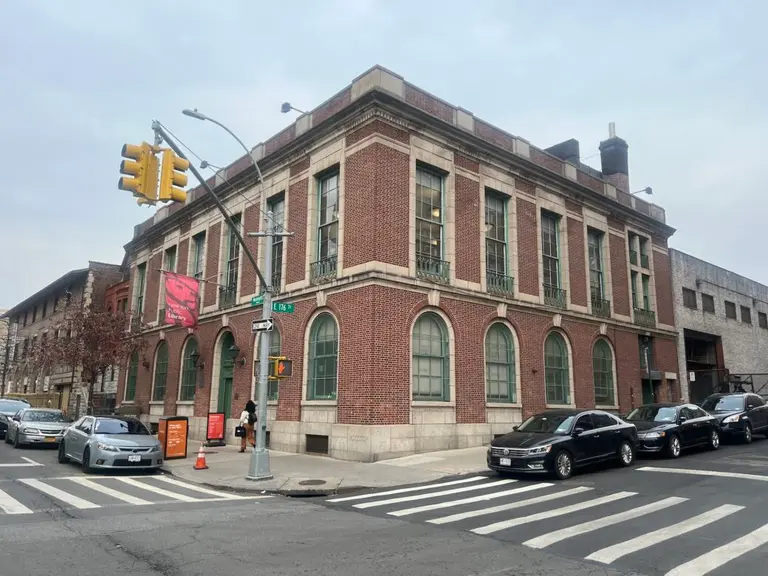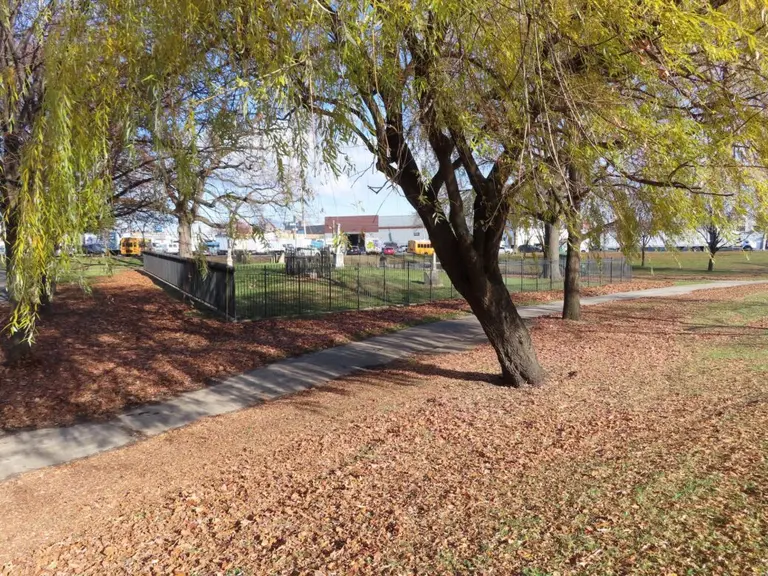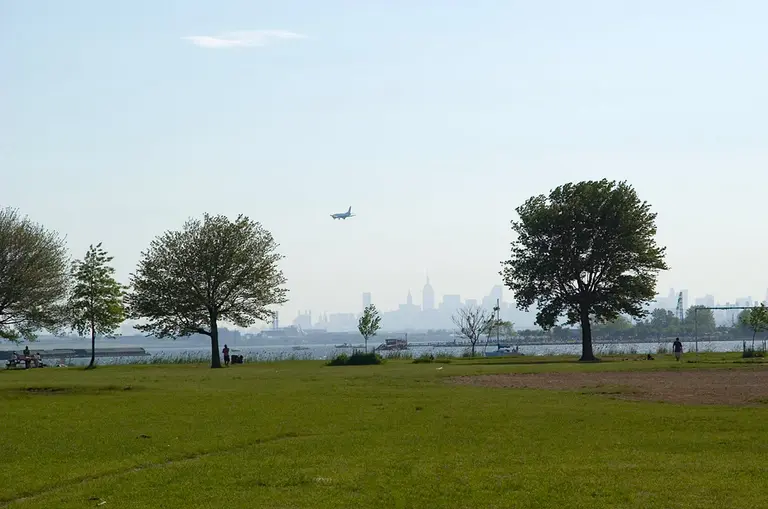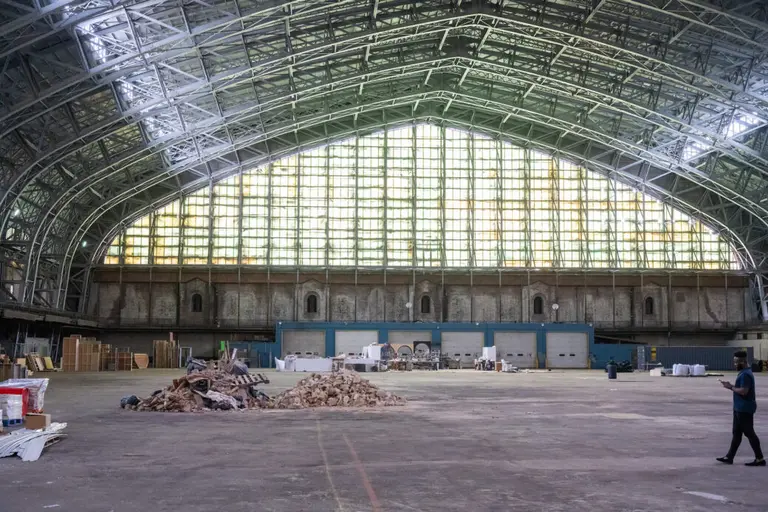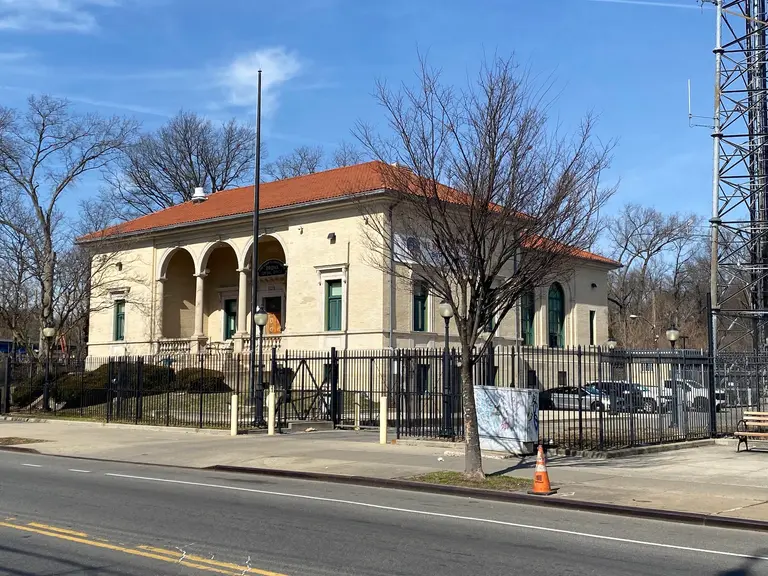City Council votes to make Hart Island, nation’s largest public cemetery, more accessible
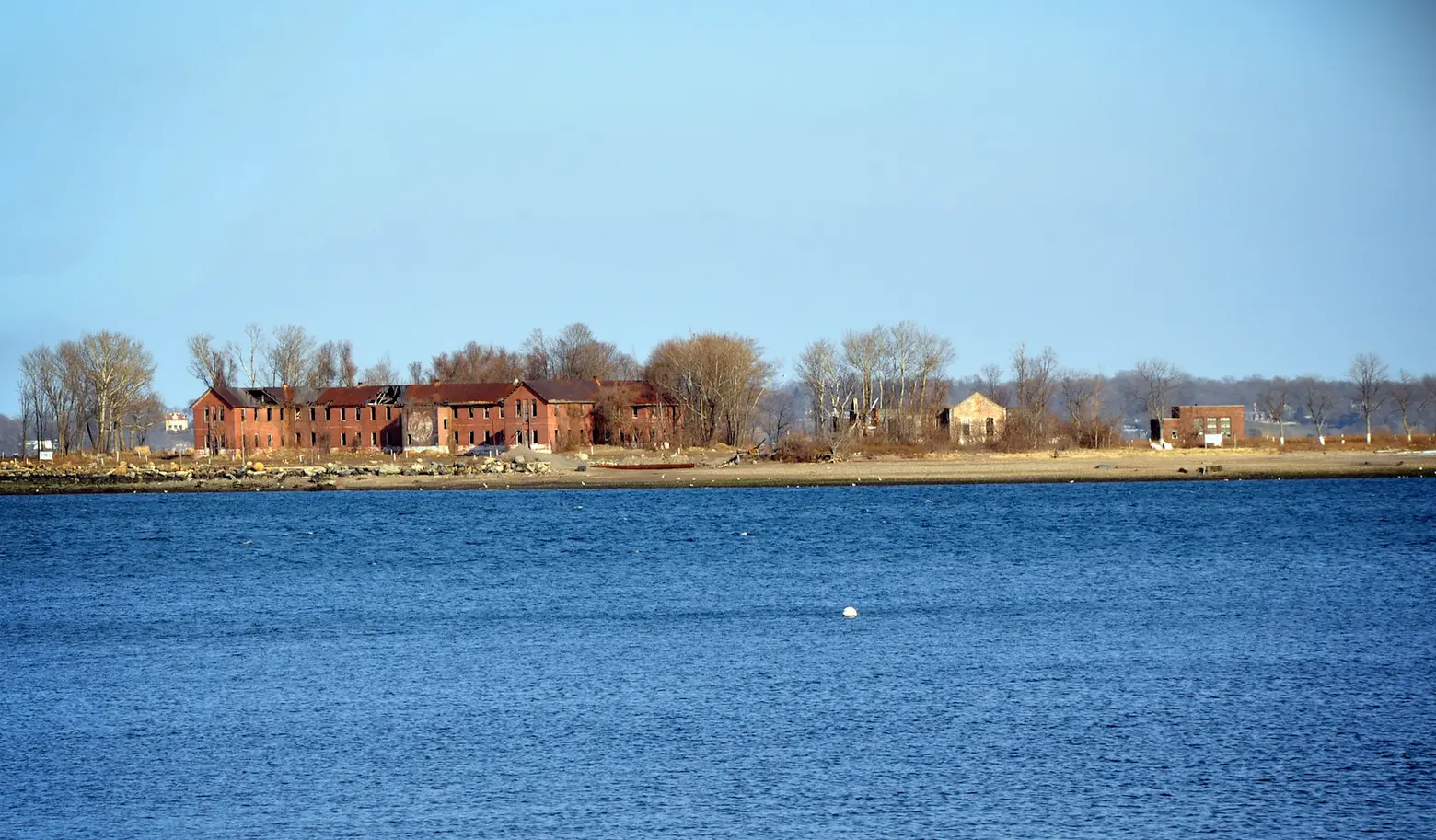
Photo of Hart Island by David Trawin on Flickr
On Thursday, the New York City Council approved legislation that transfers ownership of Hart Island, the nation’s largest public cemetery where over 1 million people are buried, to the city’s Parks Department. The 101-acre island off the coast of the Bronx contains a potters field that has been the final resting place for destitute New Yorkers as far back as the Civil War. The island is currently operated by the Department of Correction (DOC), with Rikers Island inmates paid $1 an hour to bury bodies there. This week’s vote comes after a years-long fight to end the onerous process required of visitors who wish to pay their respects to loved ones buried there; its intent is to make the island more accessible to the public and improve its dilapidated conditions.
As 6sqft previously reported, people who currently wish to visit deceased family members have been required to submit an application to do so. Family members–and up to four people who may not be related to the deceased–can then only schedule visits via ferry two days per month.
Upon arrival on the island, visitors are escorted by DOC staff and must surrender all possessions, including cell phones. A 2015 class-action lawsuit brought by the New York Civil Liberties Union made the visiting process slightly more accessible than it had previously been, but limits and restrictions remained a sore point for many.
The Hart Island Project, run by Melinda Hunt, facilitated hundreds of visits to the island and strengthened the campaign to transfer ownership to the parks department.
“We must turn Hart Island into a proper final place of rest,” Council Member Ydanis Rodriquez, the bill’s sponsor, said. “This is about giving respect and dignity to the people who are buried on the island and the family members who must go through a lengthy and at times complicated process to be able to visit their loved ones who are buried there.”
A second resolution sponsored by Rodriguez will expand Hart Island’s public accessibility by adding ferry service which would run via neighboring City Island. The bill will require the development of a “transportation plan” that included ferry service for public travel to the island.
Rodriquez also emphasized the need to repair the island’s crumbling buildings and suggested that the city create a Museum of the Dead to tell the story of the people that were buried there.
Concerns about the legislation include the inability of City Island’s infrastructure to support an active ferry service to and from the burial ground and fears that graves would be disturbed and religious customs violated. There was also some concern about the poor condition of the island; soil erosion caused human remains to be exposed last year, and bones have surfaced on neighboring shores.
Related to the Hart Island vote, there was also legislation put forward by Staten Island Council Member Deborah Rose that will mandate a hearing on public burials, providing the public with a chance to recommend policy changes, and a bill sponsored by Bronx and Manhattan Council Member Diana Ayala that requires the city’s Department of Social Service to create an office to help people arrange public burials. Taken together, the bills represent much-needed steps toward reforming the public burial system.
“It’s really a mark of shame that for generations in this city, New Yorkers who in life have faced poverty, and disease, and homelessness–people who have been marginalized in life again have been marginalized in death,” Council Member Mark Levine, who chairs the council’s health committee and represents parts of Manhattan, said.
“We are embarking today on what will be the end of that shameful era. There is going to be years and years of advocacy ahead. This is only the beginning.”
[Via Curbed NY]
RELATED:
- As Hart Island nears capacity, city seeks new public cemetery sites
- NYC Council considers turning mass gravesite on Hart Island into a city park
- INTERVIEW: Melinda Hunt Memorializes the Unclaimed New Yorkers Buried on Hart Island
- Families of city’s unclaimed dead receive more access to graves on Hart Island
